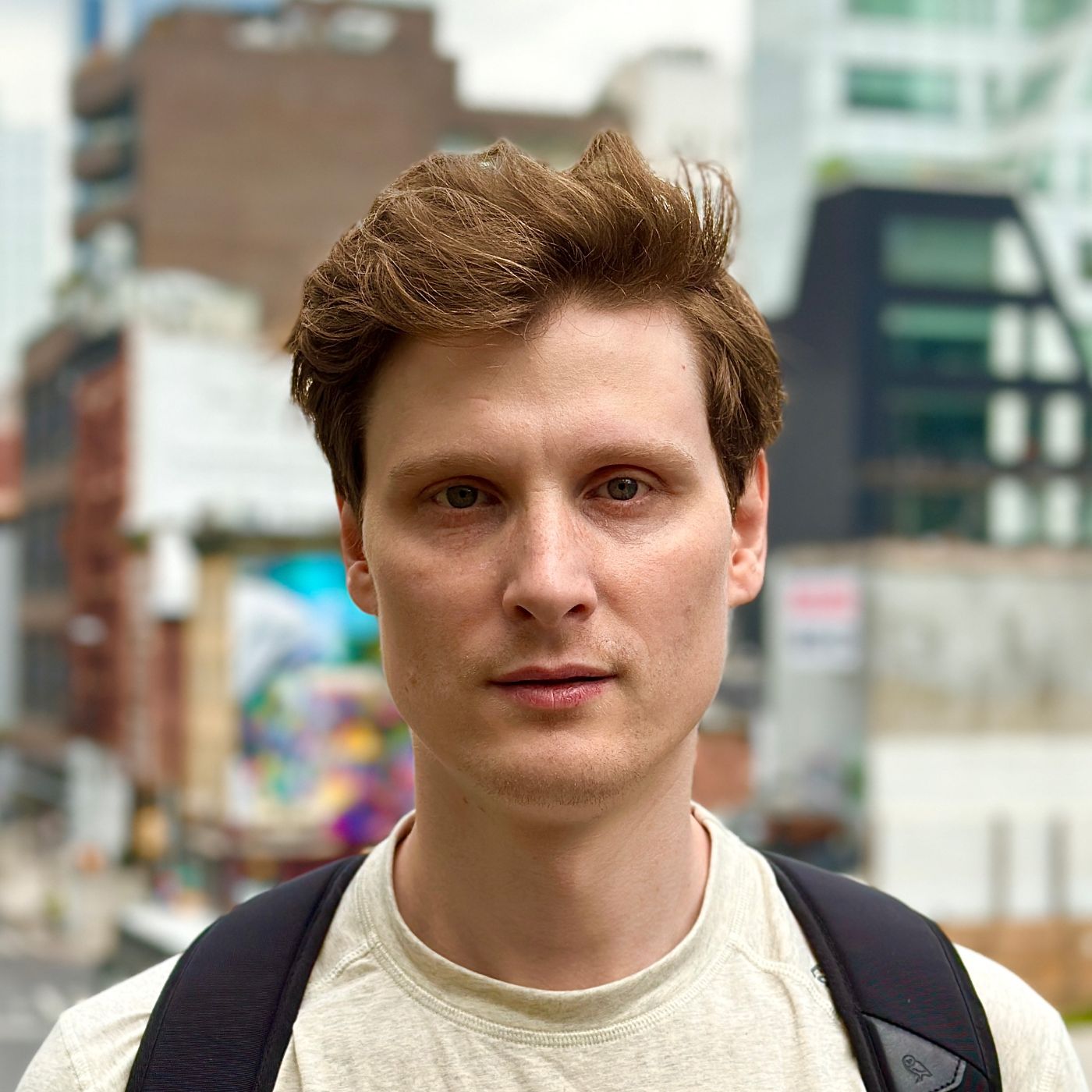텔레그램: 크립토 아일랜드에서 본토로 연결되는 다리
Jan 20, 1970

Senior iOS Engineer at Triumph Labs. Launched WordDeposit and SimpleRuler Apps. Tech writer and public speaker.

Senior iOS Engineer at Triumph Labs. Launched WordDeposit and SimpleRuler Apps. Tech writer and public speaker.
Jan 20, 1970
Jan 20, 1970